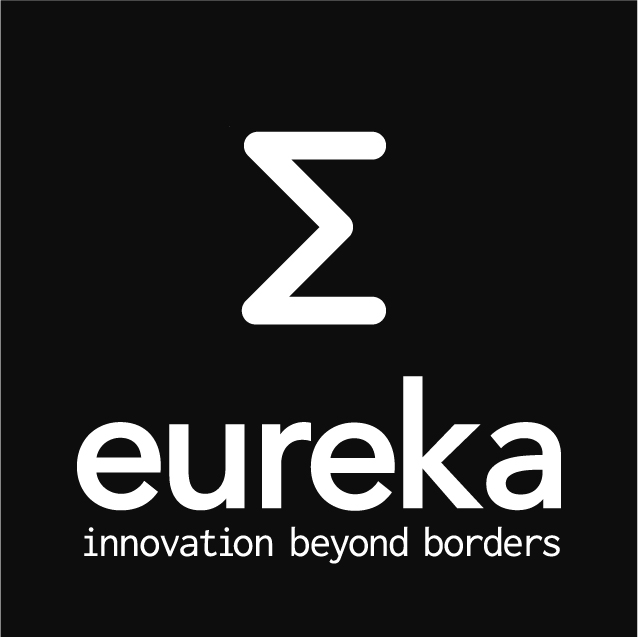Celtic-Next roadmap rationale for 2021-2025
The new CELTIC-NEXT approach will continue to use the successful bottom-up industry-driven technique, aligned with supporting large focused “flagship” initiatives solving specific issues of strategic importance and supporting thematic new problems as and when they arise in the Eureka cluster community. The unique Eureka approach of developing a combined and coordinated strategy between public authorities and industry to achieve national ambitions and commercial goals efficiently has been shown to enable new technologies and new markets in an easier and faster manner than other large pan-European programs.
A particular focus of CELTIC-NEXT will be on connectivity applications and services serving the vertical sectors such as content (video, gaming), e-health, smart cities, agriculture, mobility, energy, automotive, e-commerce, and industry 4.0 / manufacturing/logistics. Those verticals are essential to advancing, optimising and improving efficiency and reliability with the best end-to-end connectivity and security.
Several critical technological and techno-societal issues need to be addressed in the coming years that are only partially by other research instruments in Europe. From a technical standpoint, Networking and Cloud Enablers addressing and using technology from such areas as cyber security, artificial intelligence, 5G and beyond, 6G, FinTech, Big Data, business analytics, and IoT are considered important orientations to develop.
The evolution of ICT services over the next period will be achieved via a partnership model where the vertical sectors collaborate in determining their ICT solutions, achieving cross-fertilisation between verticals and ICT communities. This will be a crucial focus of the CELTIC-NEXT end-to-end perspective.
Another critical issue for CELTIC-NEXT will be to develop communications infrastructures and services that can adapt to the requirements of various business sectors. Communication between vehicles is quite different from the need for piloting electrical power in buildings and houses.
The same applies to the virtual and immersive reality techniques that will become a critical element in the health and media industry in the coming years. There will also be many unique challenges behind innovative manufacturing processes that must be supported by one ubiquitous infrastructure.
New communications themes will emerge in the next period to consider the revolution’s impact on media and social networks. We can expect that the ICT community will have to address issues arising from the dramatic effect of fake news and false information dissemination where lawful techniques will be needed to combat the misuse of communications and re-establish trust in the fully interconnected society of the future.
Another significant change causing a dramatic uptake in the use and deployment of ICT services in 2021 has been stimulated by the global and national responses to the COVID 19 virus outbreak. Virtual meetings and home working are now the new normal. These shifts to ICT based operations will likely remain a core part of future operational strategies for all aspects of our working and social lives for the foreseeable future. This increases the pressure to ensure we have the most performant, reliable, secure, and cost-effective communications infrastructures to support our businesses and society.
We expect that many of the CELTIC-NEXT projects will define and develop self-adaptable solutions that fit the needs of many different sectors and societal challenges. With its end-to-end approach, CELTIC-NEXT is essential for allowing the development of dedicated applications using the network with all the required features for a given economic sector.
The topics listed above are not prescriptive and are only meant to give you some idea of the broad scope. Any issue related to the CELTIC-NEXT vision of a Smart Connected World is eligible.



